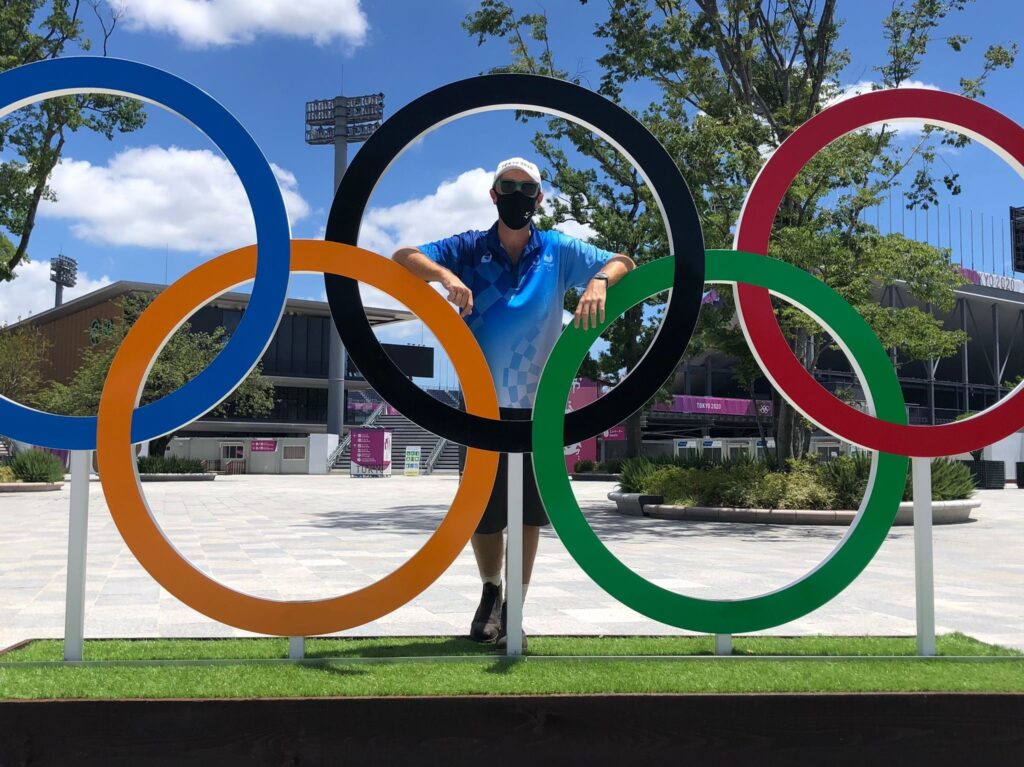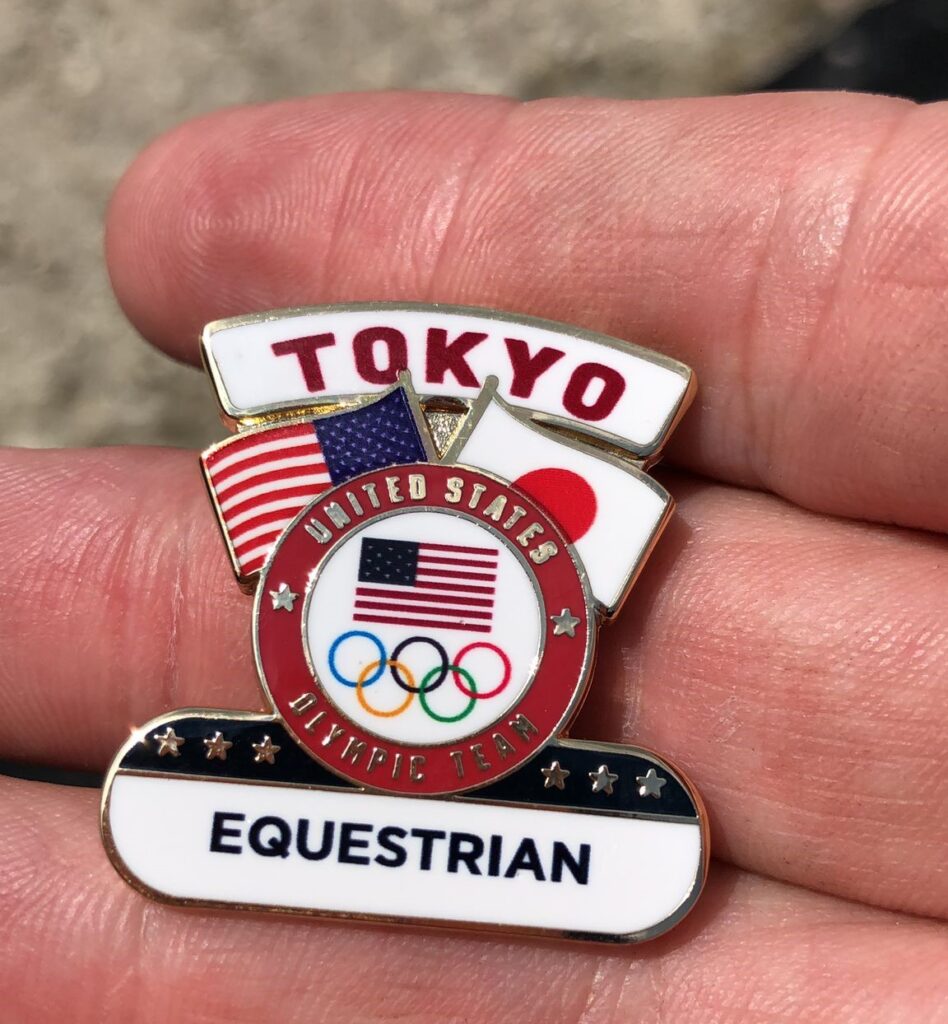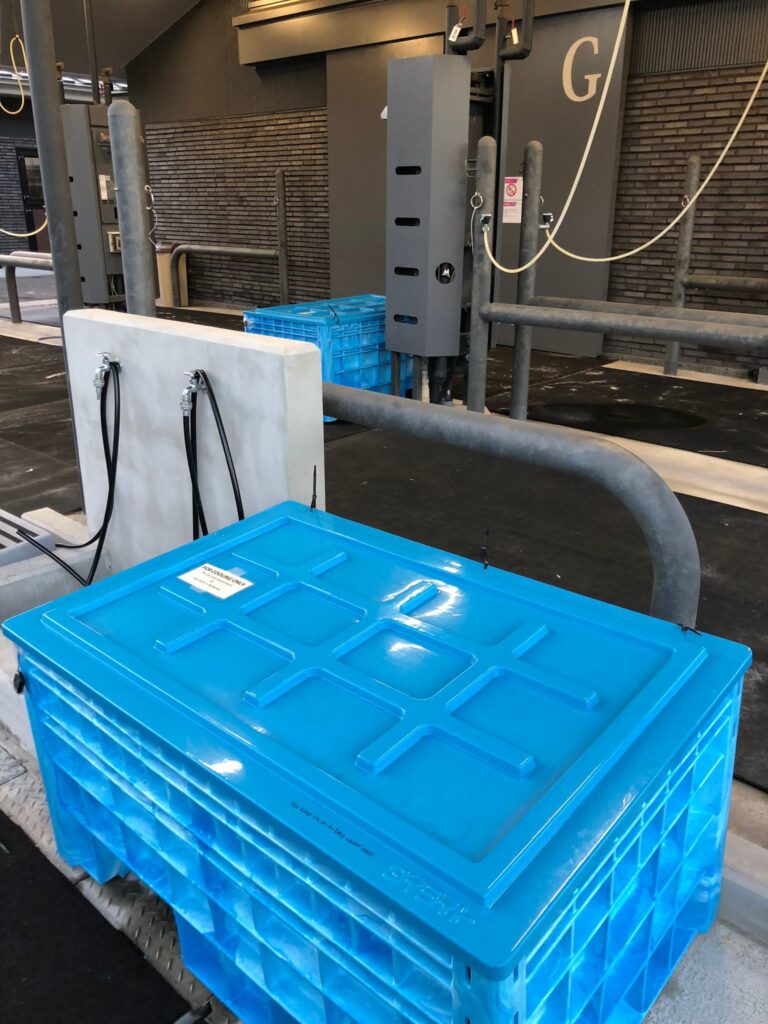Combating the Heat at Equestrian Park with Tokyo Olympics Veterinary Services Supervisor Dr. Christopher Elliott

Dr. Christopher Elliott, BVSC, MRCVS, MANZCVS, DACVSMR, is an associate sports medicine veterinarian with Palm Beach Equine Clinic who has served as an FEI Official Veterinarian for elite international events across disciplines. Most notably, he has worked for the 2008 Paralympic Games in Beijing, 2014 World Equestrian Games in Normandy, 2016 Olympic and Paralympic Games in Rio, 2018 World Equestrian Games in Tryon, North Carolina, as well as numerous 3-day events including Sydney, Melbourne, and Adelaide in Australia, and Badminton and Burghley in the United Kingdom. Dr. Elliott has been in Tokyo since early May making preparations for the Olympics as the Veterinary Services Supervisor, and he has given us an inside look into the heat and humidity safety measures for equine athletes.
Tokyo temperatures in July and August can reach as high as 105º Fahrenheit (41º Celsius), so cooling measures are crucial to preventing overheating for all athletes, both equine and human.
Safety measures include:
- Cooling tents have been made easily accessible throughout Equestrian Park. The cooling tents are well stocked with water troughs, which are monitored by a team of volunteers who use ice blocks to keep the water at 59º Fahrenheit (15º Celsius).
- Misting fans in cooling tents are on for the duration of training and competition times.
- Training is halted from 11:00 a.m. until 3:00 p.m. which are the hottest times of the day.

Tokyo Olympics Veterinary Services Supervisor Dr. Christopher Elliott. 

Cooling areas at the end of each barn aisle in the Equestrian Village in Tokyo. 
Water troughs have been made available at the ends of each barn aisle and are kept at 59 degrees Fahrenheit. 
Horses touch down in Japan!
This is not the first time extreme heat has caused concern for equestrian athletes at the Olympic Games, and significant research has been conducted to increase athlete safety when temperatures are high. Dr. Elliott published clinical insights regarding research studies between the 1992 Barcelona Olympic Games and the 1996 Atlanta Olympic Games.